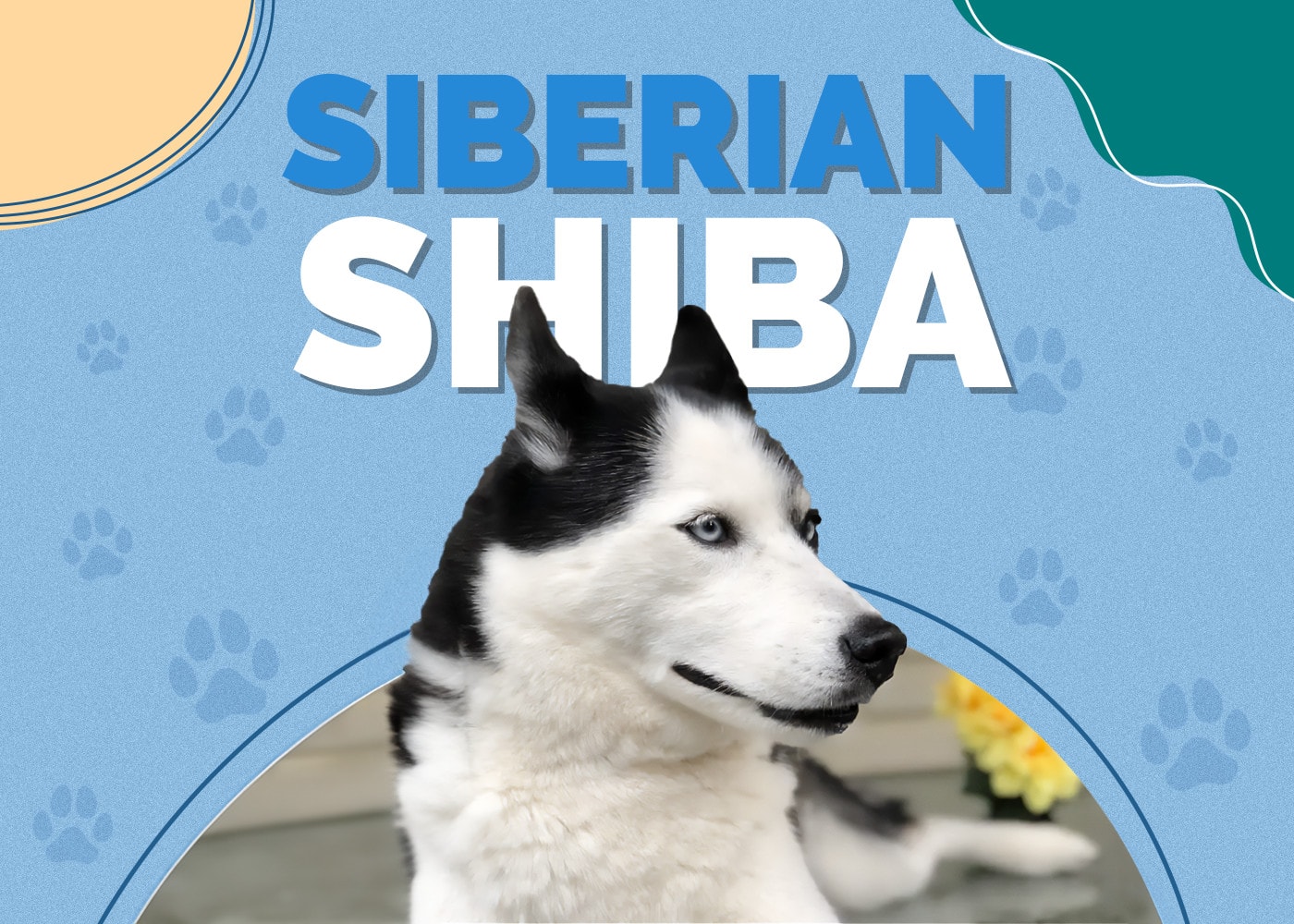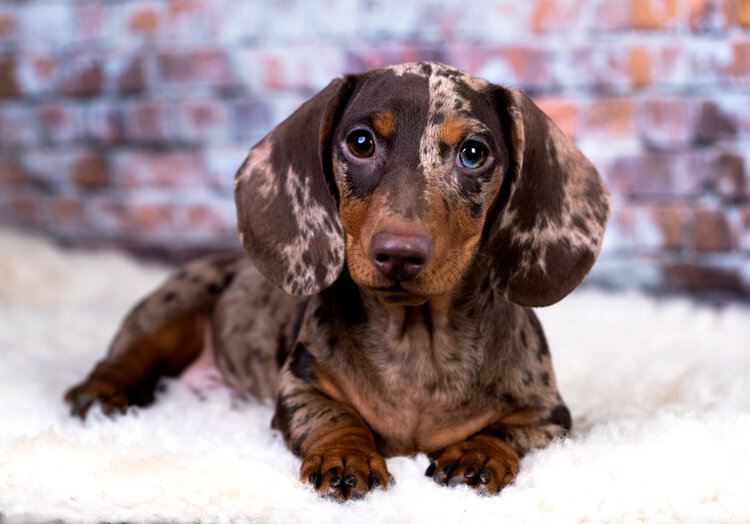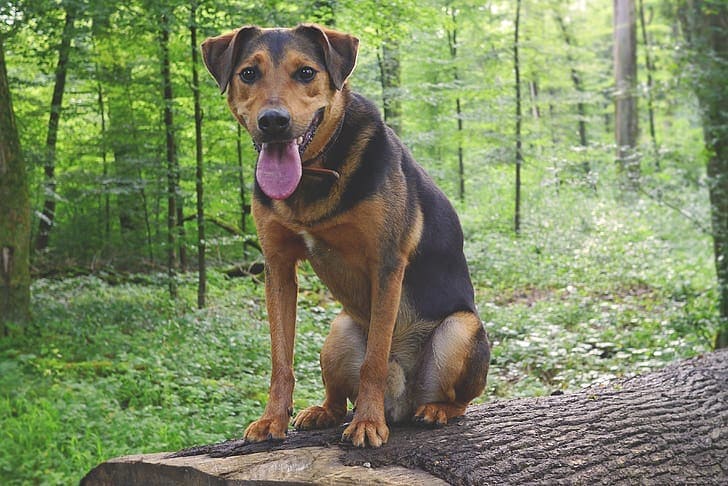Russian Tsvetnaya Bolonka: Dog Breed Info, Pictures & Facts

Updated on
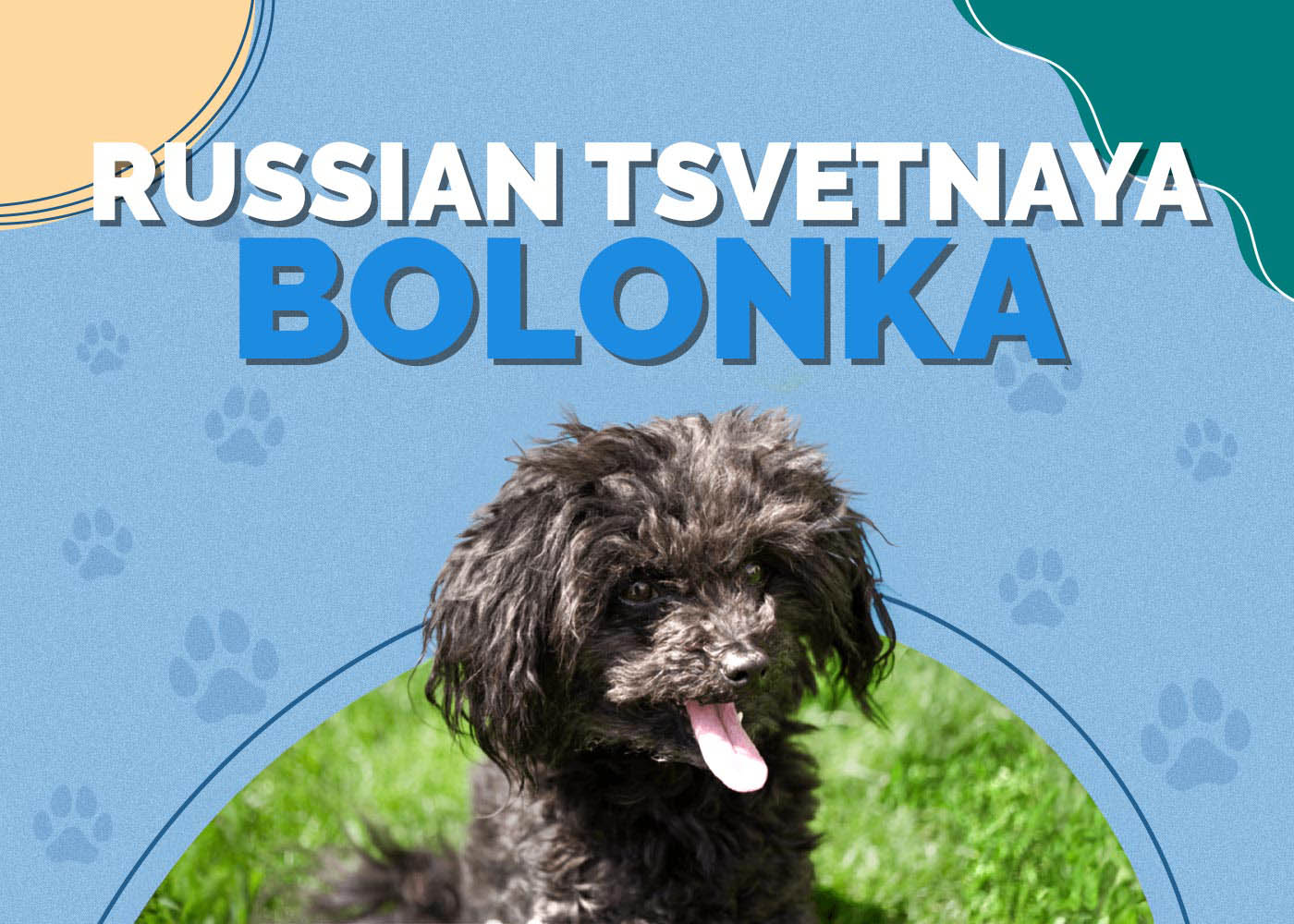
| Height: | 8–12 inches |
| Weight: | 4–12 pounds |
| Lifespan: | 12–16 years |
| Colors: | Brown, red, gray, black, small white markings |
| Suitable for: | Those looking for a calm, loyal lap dog |
| Temperament: | Quiet, reserved, affectionate, happy |
If your idea of a lap dog involves a yappy, aggressive little dog, then it might be time for you to meet the Russian Tsvetnaya Bolonka.
While they’re about as tiny as Chihuahuas or other common lap dogs, the Russian Tsvetnaya Bolonka is much more reserved. They won’t try to attack anyone who comes near their owner; instead, they’re content to sit there and soak up affection from as many people as possible.
These dogs aren’t terribly common, however, so you may not know much about them. If you’d like to learn more about one of the calmest lap dogs on the planet, the guide below will tell you everything you need to know.
Russian Tsvetnaya Bolonka Puppies
Bred to be a calm, sociable lap dog, the Russian Tsvetnaya Bolonka is one of the most civilized canines you’ll ever come across. These dogs love people, but they also know how to behave in most social situations.
That doesn’t mean they don’t need training, however. If left to their own devices, these pooches can become bossy and domineering. It’s important to establish yourself as the one in authority from an early age, or else you could have a fight for control on your hands as the dog ages.
They’re playful animals, and while they have fairly high energy levels, it’s easy to tucker them out. This makes them great pets for apartment dwellers or those with limited mobility, as you won’t have to dedicate hours a day to ensuring that they get the proper exercise.
3 Little-Known Facts About the Russian Tsvetnaya Bolonka
1. These Dogs Have a Royal Pedigree
These dogs were originally given as gifts to Russian nobility by King Louis XIV of France. They also spent a lot of time with Napoleon as his army marched through Europe. More recently, they’ve been the favored pets of Prince William and his wife, Kate Middleton.
2. The Breed Almost Went Extinct Before the 1950s
Russia isn’t the most forgiving environment for toy breeds, given its harsh weather. Most of the dogs who fare well in that environment are larger working animals with thick, heavy coats.
Given that they didn’t have the same utility as working dogs (and that things in Russia weren’t exactly wonderful for most of the 20th century), they were considered superfluous and their ownership was discouraged. After the fall of the Iron Curtain, interest in the breed was revived, bringing it back from the brink of extinction.
3. They Shouldn’t Be Left Alone Outside
These dogs are made to be indoor dogs, and it’s not just because of their delicate sensibilities. Because they’re so small, they’re prime targets for a variety of predators. Large birds of prey have been known to carry them off, and in some neighborhoods, bobcats, coyotes, and other large animals have hopped fences in order to snatch them up.
As a result, we’d strongly recommend that you never let yours out of your sight (or off-leash) when you’re outside. In fact, many owners train their Bolonkas to use a litter box just so they can keep them inside at all times.

Temperament & Intelligence of the Russian Tsvetnaya Bolonka 🧠
Russian Tsvetnaya Bolonkas are calm animals who are content to sit on their human’s laps. They won’t lose their mind if a stranger approaches, nor will they demand constant attention (though they do appreciate it). However, that doesn’t mean that they don’t enjoy their fair share of playtime. These dogs love to tussle on the floor or chase a ball around, and they’ll never pass up a game of tug-of-war.
They tend to be fairly intelligent, but they don’t require around-the-clock stimulation the way that many other smart dogs do. Their smarts make them easy to train, however.
Are These Dogs Good for Families? 🏡
Unlike many other lap dogs, Russian Tsvetnaya Bolonkas tend to get along with their entire family, rather than focusing all their affection on a single individual.
So, even though they may hang out on one particular lap more than others, that doesn’t mean they’ll snap at or try to attack any kids who come close. Rather, these dogs usually get along well with small children, as they share an appreciation for the importance of playtime.
They’re especially good for families who like to sit around and watch TV or pursue other laidback hobbies, as they don’t require a ton of exercise. A simple walk once or twice a day, plus a bit of playtime, and these dogs are good to go.
Does This Breed Get Along with Other Pets? 🐶 😽
Given their penchant for playing and goofing around, these pups aren’t often willing to turn down potential playmates. As a result, they usually get along famously with pets of all shapes and sizes.
That doesn’t mean there aren’t any potential issues to be aware of. You need to nip resource guarding in the bud, as Bolonkas will sometimes become protective of their favorite laps. Also, they can sometimes play a little rough with cats and other small creatures, so monitor their roughhousing as closely as possible.
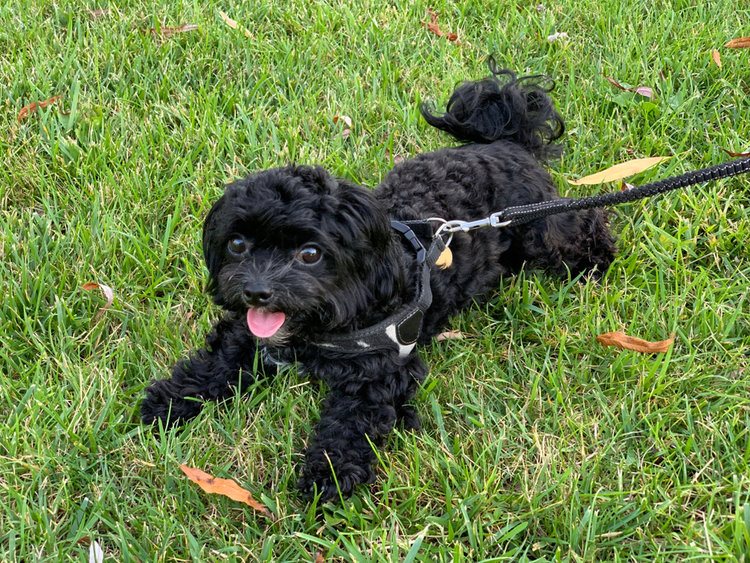
Things to Know When Owning a Russian Tsvetnaya Bolonka
Russian Tsvetnaya Bolonkas are a fairly low-maintenance breed, but there are still important things to take into consideration before you bring one home with you.
Food & Diet Requirements 🦴
As you might expect from such a diminutive animal, these dogs don’t eat much—nor should they. Be careful not to overfeed them, and go easy on treats and table scraps, because obesity is a real problem for small pups like these. Be careful when choosing a kibble to feed them as well, as you don’t want to buy one packed with calories. Watch out for ingredients like corn, wheat, and soy, as these offer little nutritional value but can cause your dog to pack on the pounds.
We recommend feeding them twice a day rather than leaving a container of food out for free-feeding. This can help you control their portion sizes, so you can stop any obesity issues before they start.
Exercise 🐕
Bolonkas are a fairly high-energy breed, given their size, but that doesn’t mean that exercising one will become a full-time job. Their small size makes it easy to tucker them out. That doesn’t mean you should neglect exercise, though. Giving your Bolonka enough physical stimulation will help keep excess weight off, while also burning off destructive energy.
It shouldn’t take much—a 30-minute walk or two should be all they need. Of course, they’ll try to badger you into playing with them too, and you should take them up on the offer; after all, it’s good for both of you.

Training 🦮
Their intelligence makes Bolonkas very easy to train, and they’re not prone to enough behavioral problems to make extensive training a necessity. That said, you need to be on the lookout for behaviors like resource guarding. These dogs can get possessive, and that can lead to aggression, which is bad news for both you and them.
Also, if you spoil your Bolonka too much, they’ll start to assume that they’re the boss, which can lead to all manner of impoliteness. That’s a big reason to train yours frequently, so you can remind them who’s really in charge here.
Grooming ✂️
These dogs are excellent pets for allergy sufferers. However, that doesn’t mean that they don’t require their fair share of grooming. Their grooming needs are fairly extensive, in fact. They require daily brushing, or else their long hair can become tangled and matted. This can lead to skin issues, so you mustn’t neglect it.
Bolonkas need frequent bathing with a suitable dog shampoo, as well as periodic haircuts. It’s likely best to leave all this to a groomer, and given these dogs’ affinity for being handled, there shouldn’t be any behavioral issues at the salon.
Other basic grooming requirements include cleaning their ears weekly, trimming their nails every other week or so, and brushing their teeth regularly. You may also want to take them to a vet for professional dental cleaning once a year.
Health and Conditions ❤️
Bolonkas are a fairly healthy breed, but they are prone to a few serious conditions. One of the biggest issues they face, however, is being dropped by their owners, so if you decide to carry yours around, be sure you have a sure grip and don’t take any chances.
- Ear infections
- Skin issues
- Eye issues
- Hip and elbow dysplasia
- Heart disease
- Hyperthyroidism
- Hypothyroidism
- Patellar luxation
- Liver shunts
Male vs Female
Both genders tend to be fairly equal in terms of size, although males tend to be a bit bigger. personality-wise, they are also very similar, and the personality of your dog has far more to do with how they are raised, rather than their sex.
Conclusion
If you’ve always wanted a lap dog but were turned off by the thought of having to deal with a snappy, aggressive animal, then the Russian Tsvetnaya Bolonka may be the perfect choice for you.
These dogs are affectionate and relaxed and generally won’t try to attack anyone who comes near you. That gives you the best of both worlds, as you can enjoy bonding with your dog while also spending quality time with friends and family.
While no one will ever mistake them for guard dogs or working animals, Russian Tsvetnaya Bolonkas make great companions for anyone who enjoys relaxing on the couch more than training to run a marathon.
Featured Image Credit: Hanicka1982, Shutterstock





